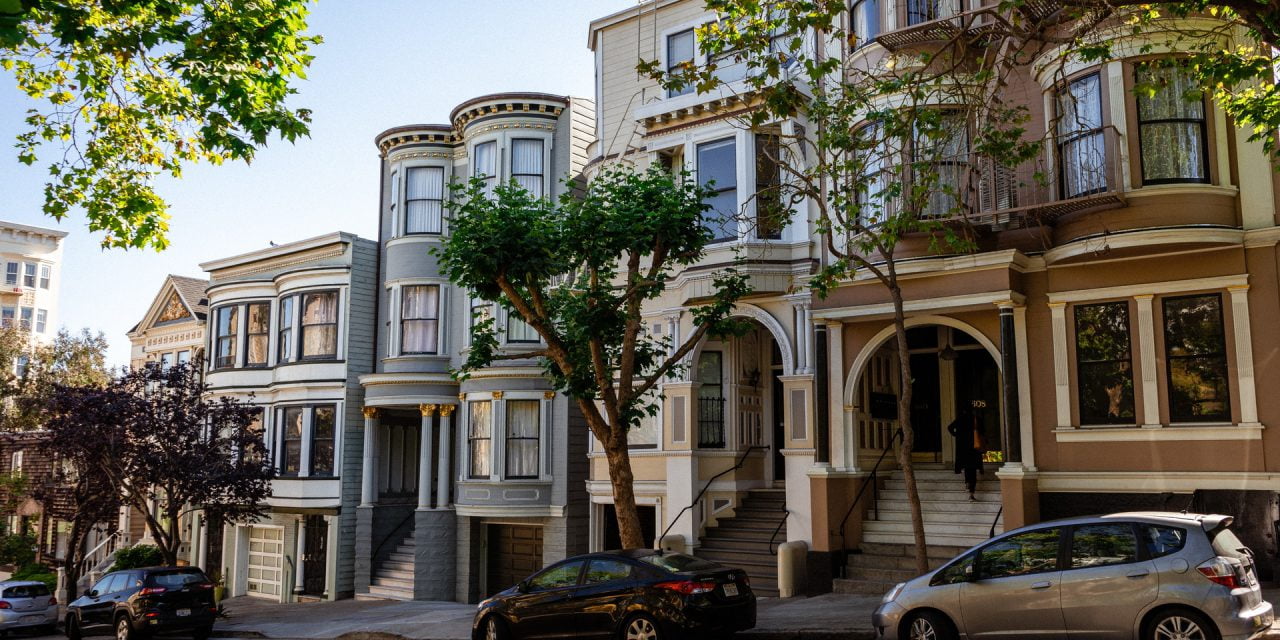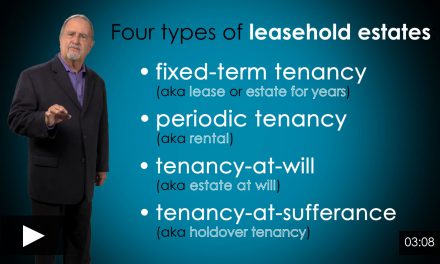Thanks to a new law passed in 2023, homeowners associations (HOA’s) will soon be further restricted in how much they can increase their regular assessments from year to year.
Common Interest Developments (CID’s) govern approximately 35% of California’s housing units, according to the new law’s Bill Analysis. A CID is a condominium project, cooperative or group of single family residences within a planned unit development. [See RPI Form 135]
Editor’s note— In contrast, an HOA is an organization made up of owners of units within a CID which manages and operates the project through enforcement of conditions, covenants and restrictions (CC&Rs).
HOA’s of newly recorded CID’s may not increase regular assessments over the course of a fiscal year by more than 5% plus a cost-of-living adjustment, not to exceed a total of 10%. [Calif. Civil Code §5605(c)]
The new law applies to CID’s which record an original declaration with the Department of Real Estate (DRE) on or after January 1, 2025.
In this case, a fiscal year means the percentage change from April 1 of the prior year to April 1 of the current year in the regional Consumer Price Index for the region where the residential real property is located. When a regional index is not available, the California Consumer Price Index for All Urban Consumers for all items is used. [CC §5605(c)(1)(B)]
However, special assessments and emergency assessments are not included in the change.
Further, the following types of CID’s are not covered by the law change:
- developments consisting of 20 or fewer units;
- developments where the percentage of the units — exclusive of the manager unit(s) — that are deed-restricted affordable housing units exceeds the percentage required by local zoning in effect when the development received final approval;
- developments located within a city or county that does not have an applicable zoning ordinance requiring a percentage of deed-restricted affordable housing units and when:
- the percentage of the units — exclusive of the manager unit(s) — that are deed-restricted affordable housing exceeds 10% of the total number of units in the development at the time the development received final approval; or
- the percentage of owner-occupied units — exclusive of the manager unit(s) — that are deed-restricted affordable housing exceeds 15 percent of the total number of units in the development at the time the development received final approval. [CC 5605(c)(3)]
Stay up to date on all of California’s law changes affecting your real estate practice by subscribing to our free weekly newsletter, Quilix.
Related article:














